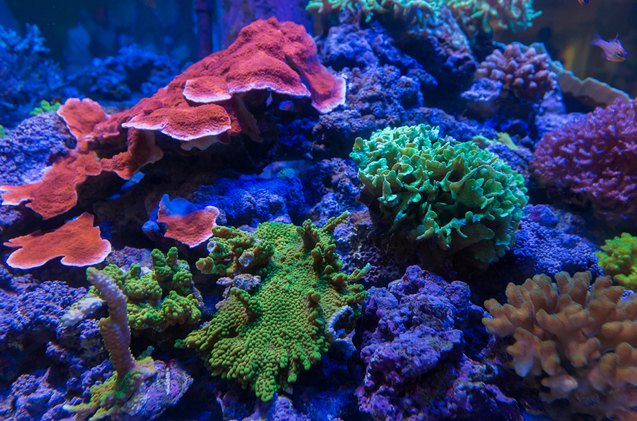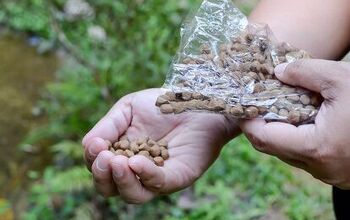Growing and Propagating Your Own Coral

Aquarium hobbyists often focus on breeding fish and growing plants. And while many people have saltwater aquariums, we neglect to talk about how to propagate corals, also known as Fragging. Fragging is popular with saltwater enthusiasts, because it is more cost effective than purchasing new frags, and also because it lessens the strain on the wild corals growing in the ocean that are harvested for pet stores.
Harvesting corals for commercial use is hard on the wild population, as with any species, but the world’s coral reefs are in desperate trouble. Any way we can assist with replenishing the supply helps ocean coral – that’s why we need consider propagating our own, or at least buying frags that have been propagated domestically.
Related: Choosing Soft or Hard Coral
How do you propagate a coral? First, we have to consider what a coral is. A coral is not a plant, although many use photosynthesis for food, but use it to grow algae, which in turn use the sugars from as food. Corals are stationary animals, and also use their tentacles to capture food in the water and bring it to their mouths.
In the wild, propagation happens naturally over the coral’s life span, a constant system where the coral grows, dies, and regenerates using the dead exoskeleton to grow new life upon. This dead exoskeleton makes up what we know as the coral reef.
Related: A Rainbow of Hard Coral
As for propagating corals in homes, it is done through a system called fragging, or fragmenting. Corals will grow new buds in a home aquarium naturally, but because the owner wants to control the overall look of their aquarium, they may want to relocate the new fragment to a different area, or remove it to be used in a different tank altogether.
With hard corals, it’s as simple as cutting off a branch and attaching it to a new surface with glue or fishing line. The branch will then begin to grow into a brand new hard coral. In zoas, which are soft coral, you cut between the polyps and attach the new mat onto the surface. For mushrooms corals, you must divide equally across the center of the mouth, then place into a drilled plastic container with some rocks, where it will adhere itself.
Perhaps the most important thing to remember when propagating corals is to be safe. Some corals, such as zoanthids and palythoas, emit a substance called palytoxin that can cause serious reactions if it comes in contact with skin or eyes. You must wear gloves and protective eye wear to properly shield yourself from any of the toxin.
Other corals can give out a nasty sting with their tentacles, so the same precautions are recommended. You will also needs tools appropriate to the type of coral that you are propagating, depending on the type anything from a razor to a band-saw may be required. A great kit to start out with is one from PERSUPER, which includes Straight Tweezer, Curved Tweezer, Aquatic Curved Scissor, and Spatula, all made from stainless steel. Ample research into the particular type of coral you are dealing with is highly advised.
Overall, propagating corals is a very simple process that could potentially save some of the world’s coral reefs by lessening the effects of harvesting these animals in the wild. Use precaution, research well, and have fun!
Summer Davis is the mom of three kids, four dogs, and several tanks of fish. She boasts a passion for all animals, whether they are in the water or on land. This fish aficionado has kept many different species in her time, but holds a special place in her heart for wild and domestic bettas. When she’s not talking about fish, Summer “spins” her extra time as the director of a baton twirling organization.

Summer Davis is the mom of three kids, four dogs, and several tanks of fish. She boasts a passion for all animals, whether they are in the water or on land. This fish aficionado has kept many different species in her time, but holds a special place in her heart for wild and domestic bettas. When she's not talking about fish, Summer "spins" her extra time as the director of a baton twirling organization."
More by Summer Davis
























